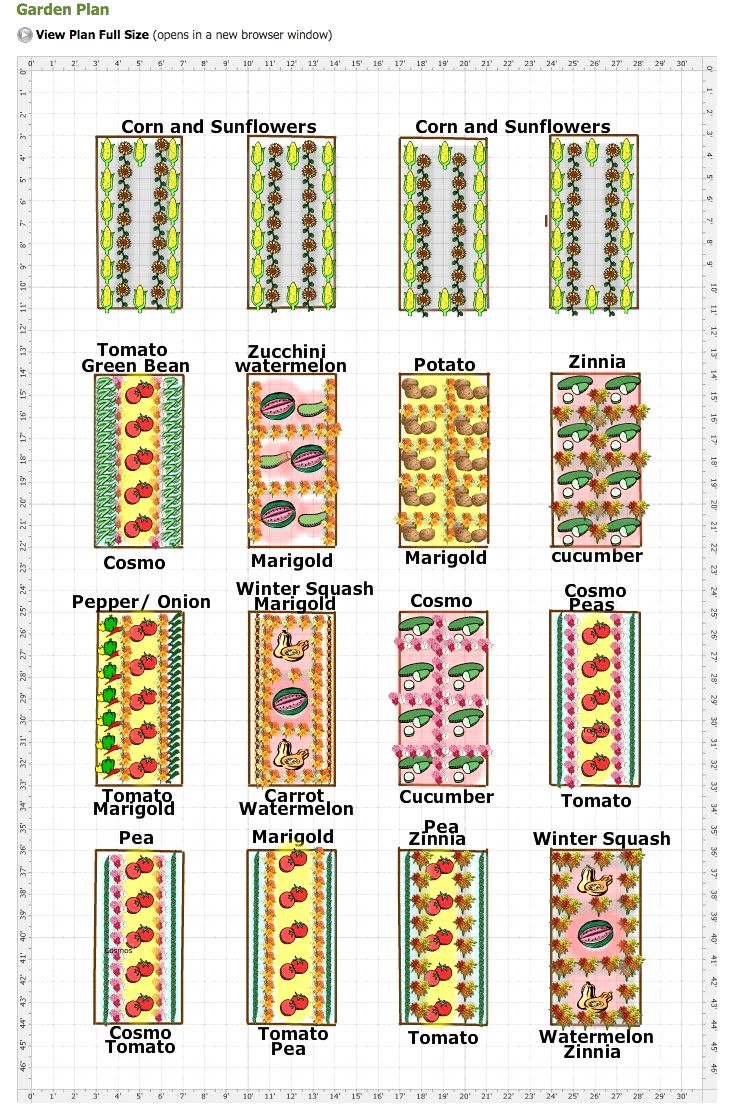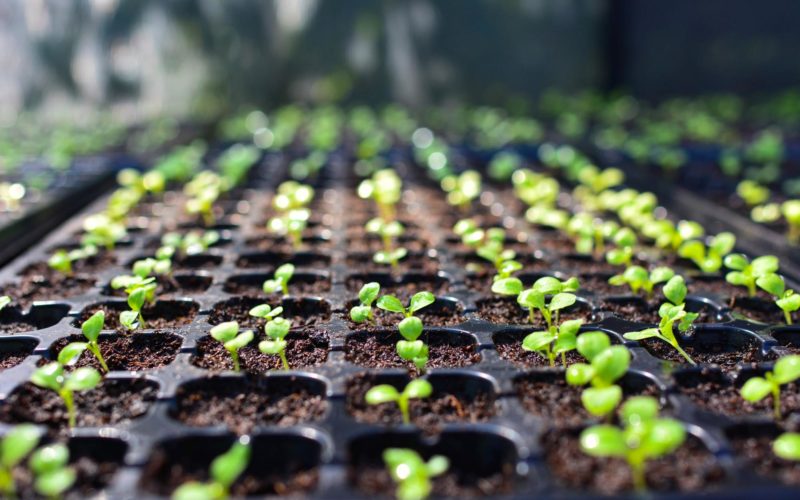How to Start a Vegetable Garden at Home: A Comprehensive Guide

Are you dreaming of biting into a fresh, juicy tomato straight from your backyard? Imagine the satisfaction of serving a salad made entirely from vegetables you've grown yourself. Starting a vegetable garden at home is not just a rewarding hobby; it's a journey that connects you with nature and provides you with the freshest produce possible. Let's dive into the world of home gardening and explore how to start a vegetable garden at home.
Getting Started: Garden Planning
Before you dive into planting, a well-thought-out plan is essential. Think of garden planning as the blueprint for your future harvest. Here’s what you need to consider:
Location, Location, Location
The first step in garden planning is choosing the right location. Your garden should receive at least 6-8 hours of sunlight daily. Avoid areas with heavy shade or poor drainage. A sunny spot with well-draining soil is ideal.
Soil Quality
The health of your plants depends heavily on the quality of your soil. Test your soil’s pH and nutrient levels. Most vegetables prefer a pH between 6.0 and 7.0. If your soil is lacking, consider amending it with compost or other organic matter.
What to Plant
Decide on the vegetables you want to grow. Consider your family’s preferences and the growing conditions in your area. Some easy-to-grow vegetables for beginners include tomatoes, lettuce, radishes, and beans.
Seed Starting: The Foundation of Your Garden
Starting your vegetables from seeds can be incredibly rewarding. It allows you to have more control over the growing process and can save you money in the long run.
Choosing the Right Seeds
Select seeds that are suitable for your climate and growing season. Look for heirloom or organic seeds if you’re interested in organic gardening.
The Art of Germination
To start seeds indoors, you’ll need seed trays, a good seed-starting mix, and a warm, sunny spot. Plant the seeds according to the packet instructions, keep them moist, and provide plenty of light.
Transplanting Seedlings
Once your seedlings have developed a few true leaves, they’re ready to be transplanted into your garden. Be gentle when handling the seedlings to avoid damaging the roots.
Raised Beds: The Perfect Solution for Small Spaces
Raised beds are an excellent option for those with limited space or poor soil. They provide better drainage and can help prevent soil compaction.
Building Your Raised Bed
You can build a raised bed using untreated wood, bricks, or even recycled materials. Make sure it’s at least 12 inches deep to provide enough room for root growth.
Filling Your Raised Bed
Fill your raised bed with a mix of high-quality topsoil, compost, and other organic materials. This will ensure your plants have the nutrients they need to thrive.
Planting in Raised Beds
Plant your seedlings or seeds in the raised bed, following the spacing recommendations on the seed packets. Water regularly and keep an eye out for pests and diseases.
Container Gardening: Growing in Limited Space
Container gardening is perfect for those with limited space or who want to grow vegetables on a balcony or patio.
Choosing the Right Containers
Select containers that are large enough to accommodate the root systems of your plants. Ensure they have good drainage to prevent root rot.
Soil for Container Gardening
Use a well-draining potting mix designed for containers. Avoid using garden soil, as it can become compacted and waterlogged.
Caring for Container Plants
Container plants require more frequent watering and fertilizing than those in the ground. Keep an eye on moisture levels and provide regular feedings with a balanced fertilizer.
Organic Gardening: Healthy Plants, Healthy Planet
Organic gardening focuses on using natural methods to grow healthy plants. It’s not only better for the environment but also produces tastier and more nutritious vegetables.
Composting
Composting is the cornerstone of organic gardening. It turns kitchen scraps and yard waste into nutrient-rich soil amendments. Start a compost pile or bin in your backyard to create your own organic fertilizer.
Natural Pest Control
Instead of chemical pesticides, use natural methods to control pests. Companion planting, beneficial insects, and homemade sprays can help keep pests at bay.
Crop Rotation
Rotate your crops each year to prevent the buildup of pests and diseases. This also helps maintain soil fertility by ensuring different nutrients are used and replenished.
Conclusion: Embrace the Journey
Starting a vegetable garden at home is a journey filled with learning, growth, and delicious rewards. From garden planning to seed starting, raised beds to container gardening, and embracing organic methods, each step brings you closer to a bountiful harvest. So, roll up your sleeves, get your hands dirty, and enjoy the process. Your garden awaits!
FAQs
What are the best vegetables to grow for beginners?
Some of the best vegetables for beginners include tomatoes, lettuce, radishes, beans, and peas. These plants are generally easy to grow and require minimal care.
How often should I water my vegetable garden?
The frequency of watering depends on factors like weather, soil type, and plant needs. Aim for about 1 inch of water per week, either through rainfall or manual watering. Check the soil moisture regularly to avoid overwatering or underwatering.
Can I grow vegetables in the shade?
While most vegetables prefer full sun, some can tolerate partial shade. Leafy greens like lettuce and spinach, as well as root vegetables like radishes and beets, can do well in shadier conditions.
How do I protect my garden from pests?
Use a combination of natural pest control methods such as companion planting, beneficial insects, and physical barriers like row covers. Regularly inspect your plants for signs of pests and address issues promptly.
What is the best time to start a vegetable garden?
The best time to start a vegetable garden depends on your climate and the specific vegetables you want to grow. Generally, spring is a good time to start, but you can also plant cool-season crops in the fall. Consult a local planting calendar for the best timing in your area.


By following these steps and tips, you'll be well on your way to growing a thriving vegetable garden at home. Happy gardening!
0 Response to "How to Start a Vegetable Garden at Home: A Comprehensive Guide"
Post a Comment